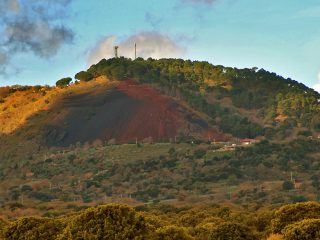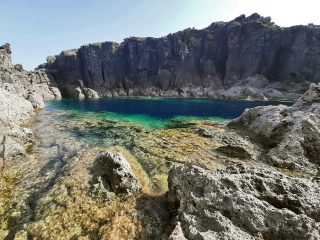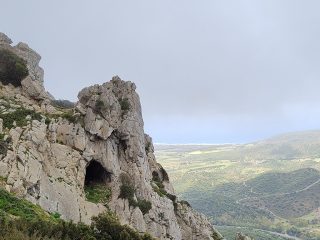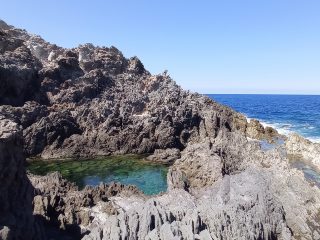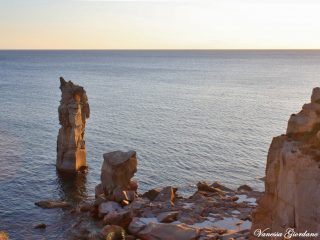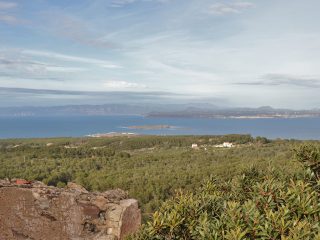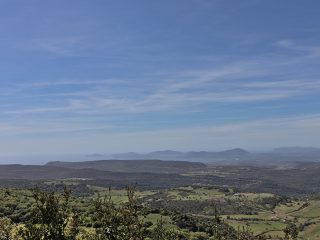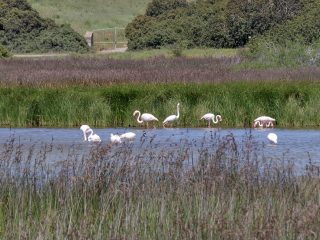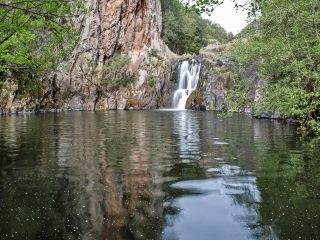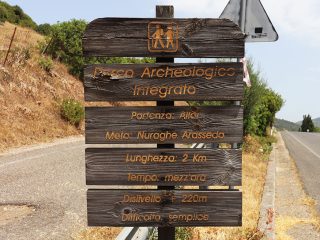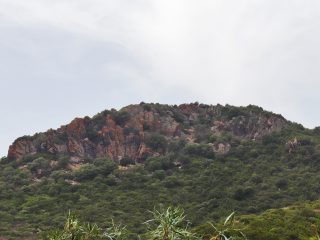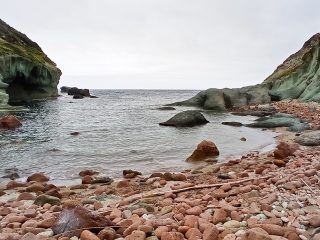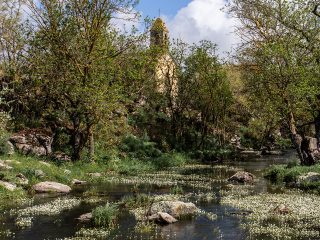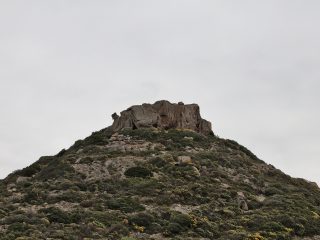The Montarbu Forest is one of the most attractive in Sardinia, and extends across almost 2,800 hectares, between the area of Seui and partially Ussassai.
It extends across the slopes of the Monte Tonneri massif, with its imposing limestone cliff. The most significant peaks are Montarbu (1,304 m. a.s.l.) and Pizzu Margiani Pubusa (1,324 m. a.s.l.). To the north, the river Flumendosa, separates it from the Gennargentu Massif.
The main vegetation is Mediterranean shrub with natural forests of holm oak, holly, English Yew and maple trees. Deeper into the forest, we can find ash trees, European hornbeam, alders and willow trees. Monumental specimens of holm oak can also be found in the forest. The largest and most famous monumental tree is known as s’Ilixi ‘e Canali. It can be found on the western edge of the forest, near the Riu Su Canali, but easily reached from the forest.
As for the fauna, Montarbu hosts a wealth of important creatures, so much so, that the forest has been a fauna protection oasis since 1980. Animal species worth mentioning include the mouflon, the boar, the wild cat and the dormouse. Birds that can be spotted include the golden eagle, Bonelli’s eagle, the peregrine falcon, the buzzard, the sparrowhawk, the goshawk, the kite, the griffon and the Cinereous vulture.
The area is full of continuously flowing rivers which originate from the limestone massif of Monte Tonneri. The most famous ones include the rio Ermolinos, the rio Funtana d’Oru and the Liscerzu. There are also several water sources which were discovered such as the Funtana d’Oro, Strumpu Seidi, S’Orroli, Pirarba, Is Medduris, Nuletta, Middai and Funtana Dorada springs.
The forest is also home to some important archaeological sites, such as the ruins of the sacred spring and the Nuragic settlement of S’Orgioloniga and the Analù Nuraghe.
One of the most picturesque ways to reach the forest is definitely by taking the Trenino Verde (Green Train), in the direction of the Montarbu state-owned forest, departing from Mandas station.
The area is not only a Fauna Oasis but is also part of the Sites of Community Importance (SCI) “Monti del Gennargentu” (ITB021103), regulated by the Rete Natura 2000.




